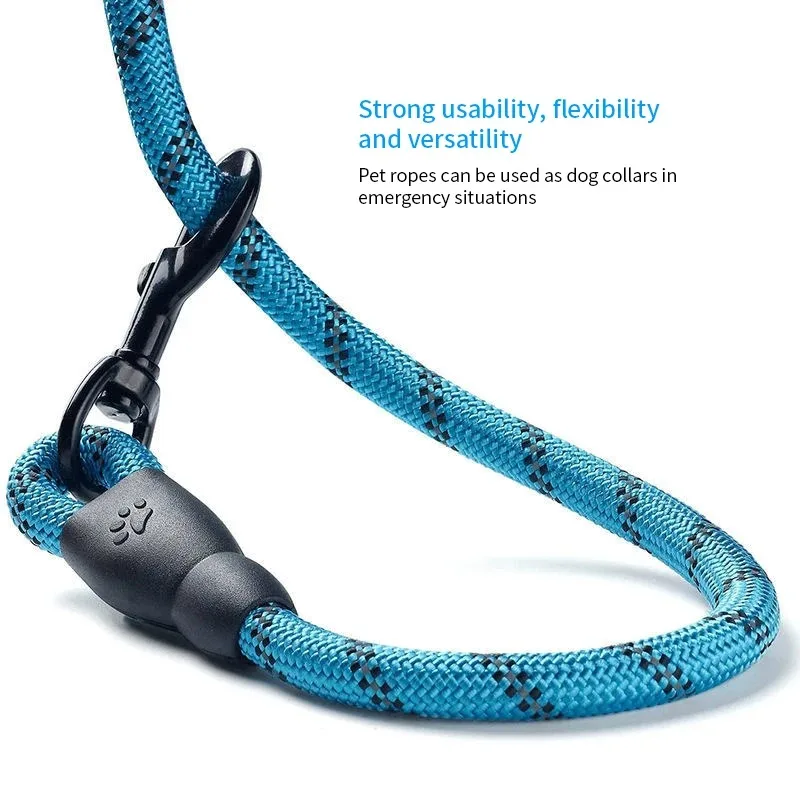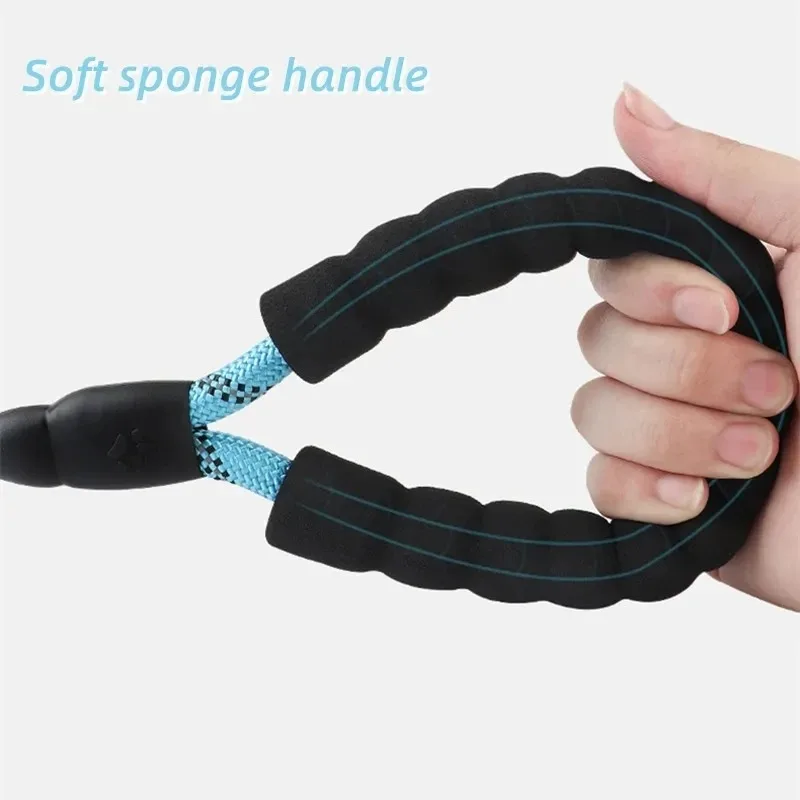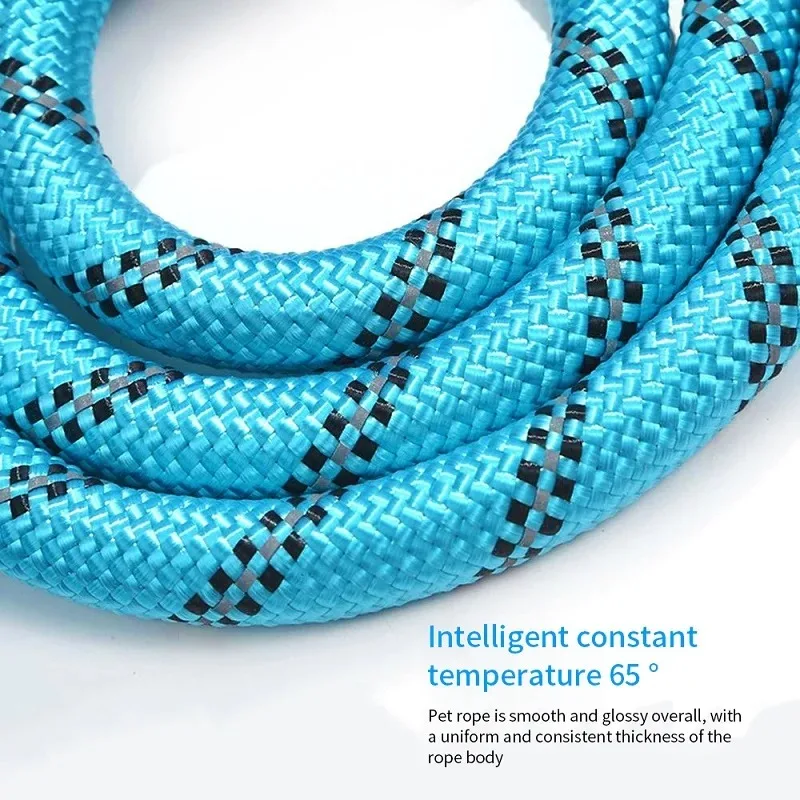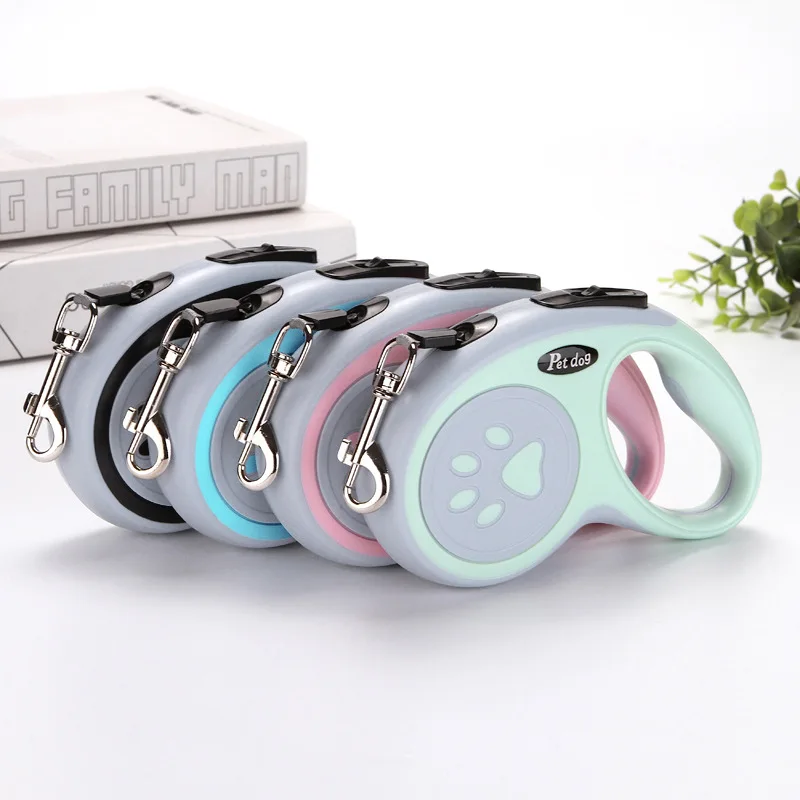Retractable leashes are a popular choice among dog owners for their convenience and the freedom they offer. However, while these leashes come with their advantages, they also pose several risks and drawbacks that can impact your dog’s safety and your control over them. This article delves into the downsides of retractable leashes and presents safer alternatives to consider for your canine companion.
Understanding Retractable Leashes
What Are Retractable Leashes?
Retractable leashes are designed to extend and retract automatically, allowing dogs to roam farther away from their owners while still being under some level of control. They consist of a thin cord or tape wound around a spool inside a plastic handle, which can be adjusted with a button or brake mechanism. When the leash is extended, dogs can explore a larger area, but the owner retains the ability to retract the leash when needed.
The Appeal of Retractable Leashes
The primary appeal of retractable leashes lies in their flexibility and the freedom they provide. Owners appreciate the ability to give their dogs more space to explore while still maintaining a level of control. Retractable leashes are often used in parks or open spaces where dogs can benefit from more freedom to roam. They are particularly popular among owners of energetic or curious dogs who require more exercise and stimulation.

The Downsides of Retractable Leashes
Reduced Control and Increased Risk of Accidents
One of the most significant downsides of retractable leashes is the reduced control they provide over your dog. The thin cord or tape can be difficult to manage, especially if your dog suddenly lunges or runs. This lack of control can lead to accidents such as tripping, entangling, or even injuries to both the dog and the owner. In busy or unpredictable environments, the extended length of the leash increases the risk of collisions with pedestrians, other dogs, or obstacles.
Potential for Injury to Dogs and Humans
Retractable leashes can cause injuries to both dogs and humans due to their design. The thin cord or tape can cause burns or cuts if it comes into contact with the dog’s skin at high speed. There are numerous reports of dogs suffering from leash burns or rope burns, which can be painful and require veterinary attention. For humans, the retractable mechanism can cause serious injuries if the leash snaps back suddenly, leading to lacerations or bruises.
Difficulty in Training and Behavior Management
Retractable leashes can complicate training and behavior management. The extended length allows dogs to pull and explore without clear boundaries, which can lead to inconsistent training results. Dogs may learn to ignore commands or behave poorly when they are not close enough for immediate correction. Additionally, the leash’s retraction feature can make it challenging to enforce leash manners or discourage undesirable behaviors.
Impact on Leash Etiquette and Safety
Proper leash etiquette is crucial for safe and enjoyable walks. Retractable leashes can undermine this etiquette by allowing dogs to roam freely and potentially invade other people’s space. This can create conflicts with other dog owners or pedestrians, leading to uncomfortable or dangerous situations. The unpredictability of a retractable leash also makes it difficult to navigate crowded areas, increasing the risk of accidents or misunderstandings.

Safer Alternatives to Retractable Leashes
Traditional Standard Leashes: A Reliable Choice
Traditional standard leashes offer a more reliable and controlled option for walking your dog. These leashes typically come in lengths of 4 to 6 feet and are made from durable materials such as nylon or leather. Standard leashes provide a fixed length, allowing you to maintain close control over your dog while walking. This can be especially beneficial in urban environments, busy parks, or areas with high traffic, where close control is essential for safety.
Long Leashes for Training and Exploration
Long leashes, also known as training leashes, are a great alternative for providing your dog with more freedom while maintaining control. These leashes can range from 15 to 30 feet in length and are designed to give dogs more space to explore while still being attached to their owner. Long leashes are ideal for training purposes, allowing dogs to practice recall and other commands in a controlled environment. They are made from sturdy materials and often include a secure handle for better grip.
Harnesses for Enhanced Control and Comfort
Harnesses are a valuable tool for improving control and comfort during walks. Unlike traditional collars, harnesses distribute pressure more evenly across the dog’s body, reducing the risk of injury and discomfort. They also provide better control, especially for dogs that pull or have a tendency to escape from their collars. Front-clip harnesses, in particular, can help discourage pulling by redirecting the dog’s movement and encouraging better walking behavior.
Head Collars for Better Leash Control
Head collars are designed to provide additional control over your dog’s head and neck, making them an effective tool for managing pulling and improving walking behavior. By gently guiding the dog’s head, head collars can reduce the strength of their pulling and make it easier to direct their movement. Head collars are particularly useful for strong or stubborn dogs that may be challenging to manage with standard leashes or harnesses alone.
Tips for Choosing the Right Leash for Your Dog
Assessing Your Dog’s Needs and Behavior
When selecting a leash for your dog, it’s important to assess their specific needs and behavior. Consider factors such as their size, strength, and walking habits. For example, smaller or less energetic dogs may do well with a standard leash, while larger or more active dogs might benefit from a long leash or harness. Understanding your dog’s tendencies and requirements can help you choose a leash that provides the right level of control and comfort.
Evaluating Material and Durability
The material and durability of a leash are crucial factors to consider. High-quality materials such as heavy-duty nylon, leather, or reinforced fabrics can ensure that the leash withstands regular use and provides reliable performance. Check for features such as secure stitching, strong hardware, and comfortable handles to ensure the leash is both functional and durable. Investing in a well-made leash can enhance safety and prevent potential issues during walks.
Ensuring Proper Fit and Adjustability
For harnesses and head collars, proper fit and adjustability are key to ensuring comfort and effectiveness. Make sure the harness or head collar fits snugly but does not restrict your dog’s movement or cause discomfort. Many harnesses and head collars come with adjustable straps to accommodate different sizes and shapes. Take the time to measure your dog and adjust the fit to achieve the best results. A well-fitted harness or head collar will provide better control and improve your dog’s walking experience.

Training Tips for Leash Use
Teaching Basic Leash Manners
Training your dog to walk politely on a leash is essential for a positive walking experience. Start by teaching basic leash manners, such as walking calmly beside you and not pulling. Use positive reinforcement techniques, such as treats and praise, to reward good behavior and encourage your dog to stay close. Consistent training and practice will help your dog learn proper leash etiquette and make walks more enjoyable for both of you.
Addressing Pulling and Distractions
If your dog tends to pull or become easily distracted during walks, address these issues with targeted training techniques. Practice loose-leash walking exercises, where you reward your dog for walking with a slack leash and gently redirect them if they start to pull. Gradually introduce distractions in controlled environments to help your dog learn to focus and respond to commands. Patience and persistence are key to overcoming pulling and improving leash behavior.
Incorporating Positive Reinforcement
Positive reinforcement is a powerful tool for encouraging desired behaviors and building a strong bond with your dog. Use treats, praise, and affection to reward your dog for walking calmly and following commands. Avoid using harsh corrections or punishment, as this can lead to fear or anxiety. Instead, focus on reinforcing positive behaviors and creating a positive association with walking on a leash. This approach will help your dog enjoy their walks and respond well to training.
Conclusion
Weighing the Pros and Cons of Retractable Leashes
While retractable leashes offer certain advantages, such as increased freedom and flexibility, their downsides often outweigh the benefits. The reduced control, increased risk of injury, and challenges in training and leash etiquette can make them a less ideal choice for many dog owners. By understanding these drawbacks and considering safer alternatives, you can make more informed decisions about how to walk and manage your dog effectively.
Embracing Safer Alternatives for a Better Walking Experience
Safer alternatives, such as traditional standard leashes, long leashes, harnesses, and head collars, provide better control and comfort for both you and your dog. By choosing the right leash or harness for your dog’s needs and following effective training techniques, you can ensure a more enjoyable and secure walking experience. Prioritizing your dog’s safety and well-being will enhance your walks and strengthen your bond with your canine companion.










